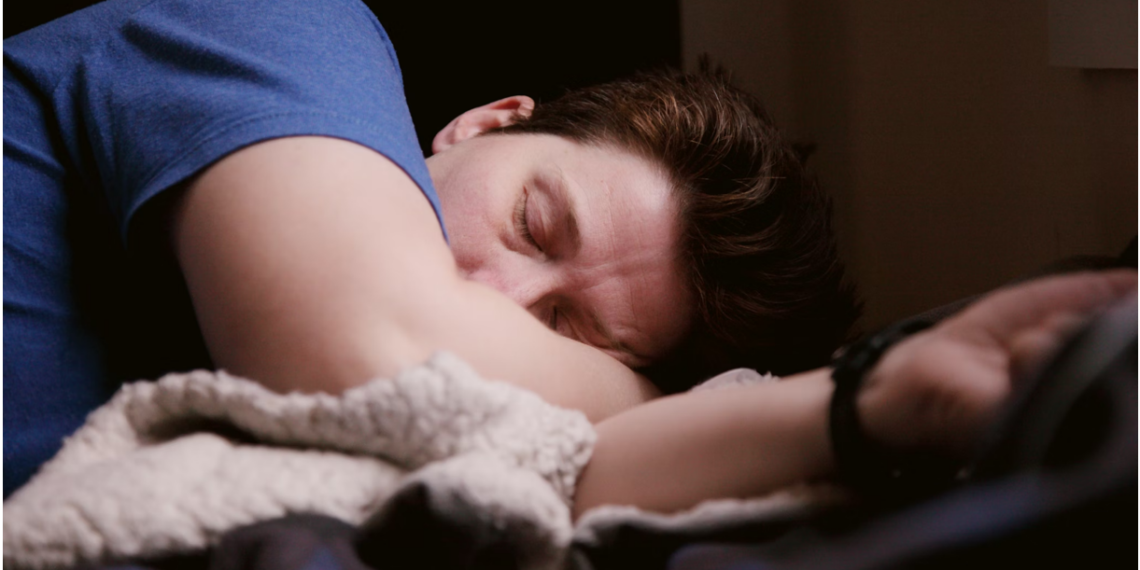Sleep apnea is a common issue that affects nearly 1 billion people worldwide. It occurs when a person’s breathing stops and starts while they are sleeping. This can interrupt normal sleep patterns and cause tiredness and mood swings.
Older people are more likely to develop undiagnosed obstructive sleep apnea (OSA) and may be at risk for a host of side effects and sleep-related ailments.
Researchers from the University of Maryland recently found that OSA increases the risk for high blood pressure, diabetes, heart disease, stroke, and depression.
There are plenty of sleep apnea devices on the market today. Products like ZOLL Medical Corporation’s implantable neurostimulators are effective at treating sleep apnea and can reduce the risk of hospitalization with OSA.
However, many OSA sufferers would prefer to avoid invasive treatments. Oral devices may be the perfect solution for folks who want to get a good night’s rest but would prefer to skip the scalpel.
Mandibular Advancement Devices
Mandibular advancement devices (MAD) are simple, cost-effective plastic oral mouthpieces that can dramatically improve some people’s symptoms of OSA. They are non-invasive and can be an effective first step toward treating OSA.
The relative affordability of MADs means that they currently dominate the oral OSA market. According to EmergenResearch, MADs accounted for the largest revenue share in global sleep apnea devices in 2021, as major players like Whole You and Apnea Sciences develop their own MADs for consumers around the globe.
MADs work by shifting the jaw forward. This reduces the restriction in the throat and minimizes snoring and/or heavy breathing while sleeping. Many MADs are customizable, too, and can be tailored to fit the mouth of any consumer.
Medical tech companies looking to enter the MAD market may find it easier to capture a chunk of the market today due to the low-cost plastic. The medical plastics industry is performing well due to low resin costs and a stable labor market.
However, newcomers to MAD development must address supply chain snarls or risk missing out on favorable plastic market conditions. MAD developers who do face supply chain issues can minimize their losses and retain medical customers by owning up to shortcomings and communicating openly with consumers. This is particularly important in the medical industry, where folks place a premium on transparency and reliability.
Tongue-Retaining Appliances
EmergenResearch data shows that tongue-retaining appliances (TRAs) are almost as popular as MADs. Like MADs, TRAs are usually made from plastic and can reduce the symptoms of sleep apnea.
Effective tongue-retaining appliances should be fitted by a medical doctor or dentist, as they need to be customized to properly fit the patient’s mouth. Any oral device that fits in the mouth while sleeping needs to be secured properly, lest it fall out or cause difficulties swallowing during sleep.
When fitted properly, TRA is effective about 70% of the time. However, newcomers to the market must be willing to produce precise, medical-grade products. High-performing firms like ProSomnus show that precision manufacturing is the way forward in the OSA market, having secured a 55% leap in year-on-year revenue as of 2023.
Unfortunately, producing precise, medical-grade goods can be extremely costly. MedTech entrepreneurs looking to enter the TRA market can control costs and avoid raising prices by automating inventory management and manufacturing. Firms can also explore cost-reduction strategies like remote work and office downsizing. These changes keep operational costs low without interfering with all-important production quality.
Dental Devices vs. Other Treatments
Oral devices like tongue-retaining appliances and mandibular advancement devices are effective. However, MedTech companies that design their own oral devices for OSA have to compete with more well-known treatment options like continuous positive airway pressure (CPAP) machines and surgical intervention.
In terms of efficacy, CPAP has oral devices beat. Dr. Katherine Green, medical director of the Sleep Medicine Clinic at the University of Colorado Hospital, explains that CPAP machines are “100% effective” at eliminating OSA. These machines significantly reduce sleep disturbances and can help folks follow healthier lifestyles.
However, many people find CPAP machines intolerable. Some complain that the machine keeps their partners up and many discontinue treatment due to discomfort. CPAPs can cause symptoms like:
- Skin irritation
- Dry mouth
- Pressure intolerance
- Out-of-sync breathing
Oral devices provide an alternative to uncomfortable CPAP machines. As such, MedTech companies designing oral devices should foreground efficacy and comfort equally.
This can help emergent developers connect with disgruntled CPAP users who are looking for an effective, low-cost, non-invasive treatment for their sleep apnea.
Conclusion
Oral devices can provide effective treatment for folks who are suffering from obstructive sleep apnea. However, newcomers to the market must be aware of supply chain pressures and consumer behavior before designing a device. MedTech companies entering the market should foreground comfort in their product design and branding while monitoring the somewhat volatile plastic supply chain. This ensures that developers provide a reliable product that meets medical-grade manufacturing standards and appeals to disgruntled CPAP users.
[Featured Image Credit: Unsplash]






